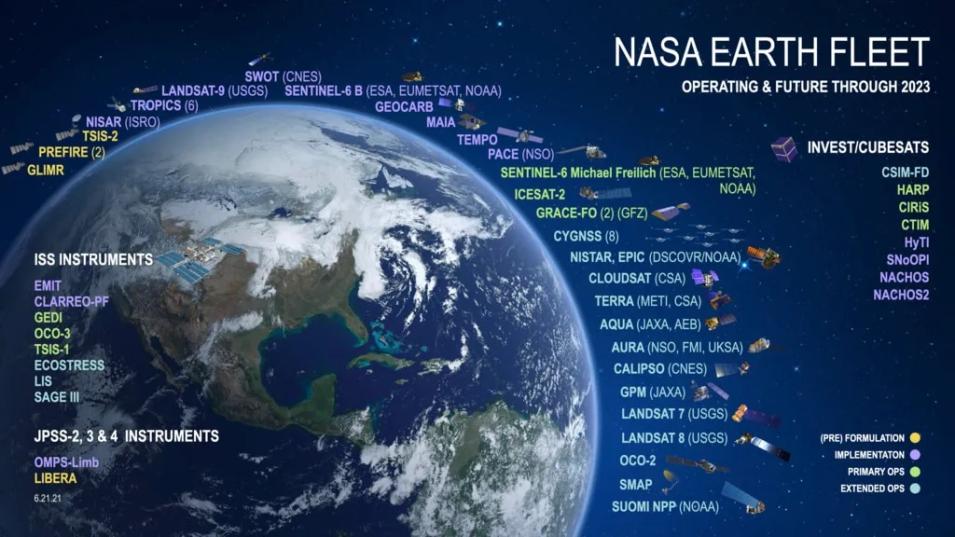Ankur Shah presents an algorithm for automatic detection of contrails in the Terra Moderate Resolution Imaging Spectroradiometer (MODIS) Level 1B data. The algorithm, a form of unsupervised detection, implements a combination of thresholding, phase congruency, and Hough transforms to detect contrails in Brightness Temperature Difference (BTD) images created by subtracting Band 30 (11 um) from Band 31 (12 um) of the Terra satellite. Long, solid, and thin contrails are detected most easily with this algorithm. Due to the uneven nature of contrails however, some may be curved, diffused, or broken. Such contrails are not detected. This work presents a modular algorithm which may enable rapid automatic detection of most contrails on satellite imagery.
Enabling Discovery and Access of Commercial Small Satellite Data
IN004 — Developing Innovative Tools and Services to Enable Data Use Across Broad User Communities II
Initiated in 2017, NASA's Commercial SmallSat Data Acquisition (CSDA) Program identifies, evaluates, and acquires data from commercial satellite companies that complement NASA’s Earth science missions and research goals. In support of these activities, the CSDA Program establishes scalable, efficient, continuous, and repeatable processes to manage all data purchased from commercial vendors. This includes providing data curation, archive, discovery, and distribution services of acquired commercial data products for the NASA research community. However, significant data stewardship challenges arise in acquiring and managing disparate data and sources. The program seeks to support the search, discovery, and distribution expectations of the existing community while developing innovative data management capabilities with user interfaces to actively identify and engage new science users and communities.


